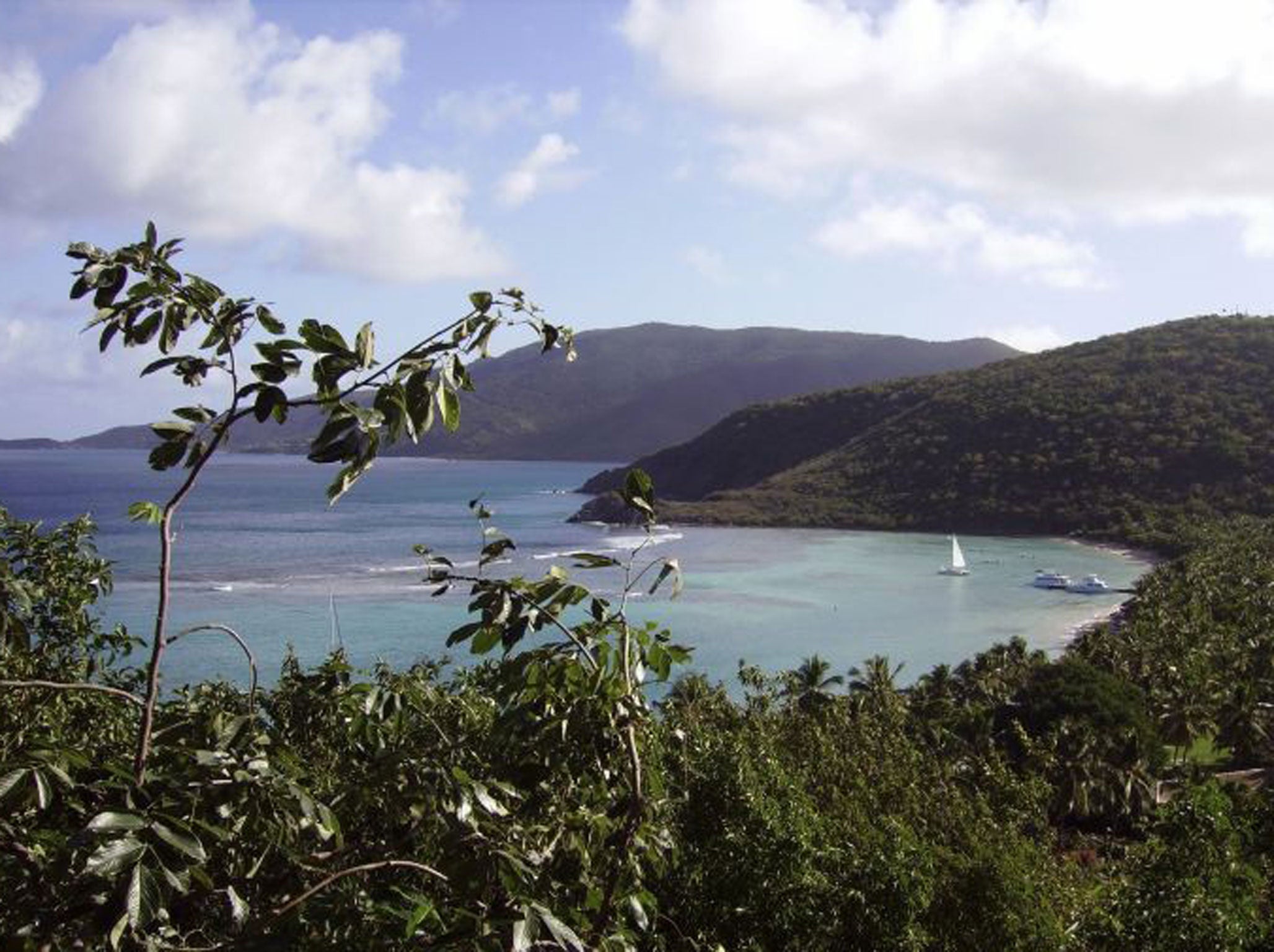The Caribbean: More foreign than you think
Something to declare

Your support helps us to tell the story
From reproductive rights to climate change to Big Tech, The Independent is on the ground when the story is developing. Whether it's investigating the financials of Elon Musk's pro-Trump PAC or producing our latest documentary, 'The A Word', which shines a light on the American women fighting for reproductive rights, we know how important it is to parse out the facts from the messaging.
At such a critical moment in US history, we need reporters on the ground. Your donation allows us to keep sending journalists to speak to both sides of the story.
The Independent is trusted by Americans across the entire political spectrum. And unlike many other quality news outlets, we choose not to lock Americans out of our reporting and analysis with paywalls. We believe quality journalism should be available to everyone, paid for by those who can afford it.
Your support makes all the difference.On the face of it, the Caribbean islands don't need much help from this column or anyone else. A billion tourists visit the region every year. According to its tourism trade organisation, 2013 figures showed "strong and steady" growth.
Travel Weekly was less impressed. The 1.8 per cent growth rate it showed was apparently "modest" and "lagged well behind most other world regions". The number of visitors from Europe actually fell by 3.7 per cent, to 4.7 million. The continuing euro crisis and UK taxes on flyers were blamed.
As a result of last month's Budget, Air Passenger Duty for travellers from the UK to the Caribbean will fall in 2015, after a slight rise this year. Whatever effect this has, I think there's another culprit responsible for the present malaise: fashion.
One or two enclaves aside, the Caribbean isn't hip, and hasn't been for quite a while now. Its most loyal returnees are ageing. Whereas, the generation that grew up backpacking in Vietnam and which – now it can afford to do so – goes on luxury yoga breaks to Thailand, looks south-east towards the Pacific, not south-west across the Atlantic.
And though I'm more of the InterRail generation, the West Indies doesn't draw me either: too packaged, too familiar, too much likelihood of hearing a steel band playing "Lady in Red". Maybe the Caribbean has ceased to be foreign enough.
So it was warily that I headed off to the resort of Little Dix Bay on Virgin Gorda in the British Virgin Islands recently. It was a bit of a schlep to get there. Fly to Antigua, then quite a long internal flight to Tortola, hang around at a quayside bar, get picked up by a speed boat.
And you know what – schlep is good. Part of the Caribbean's problem is that it has become too easy for independent-minded travellers. This felt like a proper journey; and as the lights of Tortola disappeared and we sped into the unknown under the Milky Way, I thought: "Hey – this is travelling."
The next morning I was on Facebook posting pictures of a perfect crescent of sand and palms. That evening I was showing off again, posting an image of my idyllic sundowner at the Coco Maya restaurant. And the next day, having been dropped off on a empty beach, it dawned on me that there is still something precious and foreign about this place.
It's what Laurance Rockefeller was trying to capture when, in the 1950s, he bought the land Little Dix Bay would stand upon. He insisted that the architecture, tradesmen and produce should all be local. No one talked about eco-resorts, localism or low-impact development back then. But nevertheless, so much of modern tourism owes its existence to pioneering places like Little Dix Bay. It's beyond the packaged-up Caribbean and beyond fashion. I even forgave it the steel band.
Mark Jones is editorial director of British Airways' 'High Life' and Best Western's 'Do Not Disturb' magazines.
Join our commenting forum
Join thought-provoking conversations, follow other Independent readers and see their replies
Comments